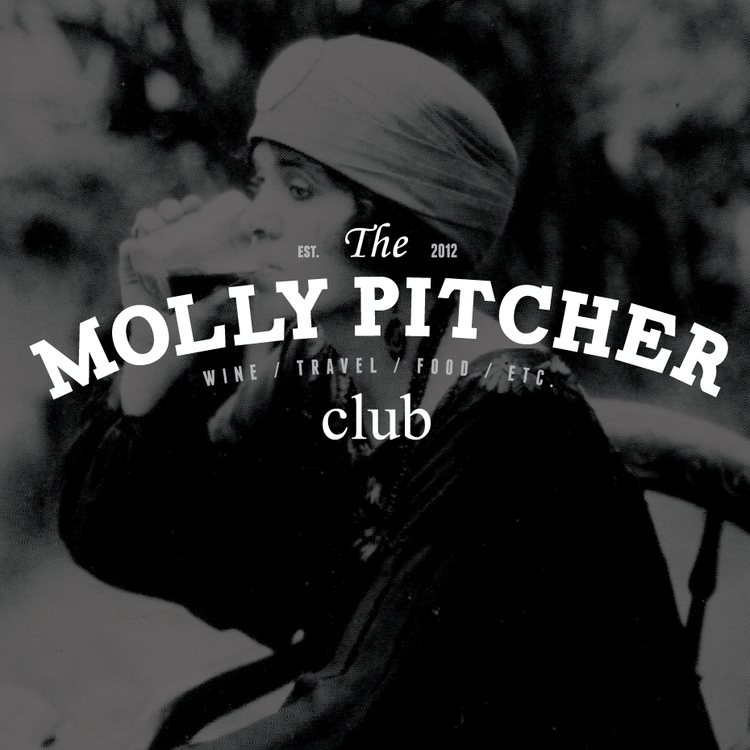The Best Wine for Thanksgiving
Happy Thanksgiving (well almost)!! Thanksgiving is less than a week away. If you are reading this now you are probably running around, booking travel, planning menus and stocking up on cranberry sauce. No matter where you are heading, one thing you shouldn't forget is the wine!
So what is the best wine for Thanksgiving? The answer is... WE DON'T REALLY KNOW. (Seriously, any other blog post that tries to fool you otherwise is LYING). The problem with Thanksgiving is that there are so many dishes to pair with, it is too tough to pick just one wine. Most families serve sweet potatoes, cranberry, stuffing, squash, gravy, etc. all in addition to the turkey.
My recommendation - go with an affordable Pinot Noir from a reliable producer. November is a colder month so red goes with the season and Pinot Noir is light enough that it won't overwhelm most of the food. Just remember this is not the time to break out the expensive bottles. But, if you don't like Pinot Noir, choose whatever is your favorite, you can't go wrong with that at Thanksgiving.
On another note, Happy Thanksgivukkah! For the first time in many, many, many years. Thanksgiving and the first night Hannukah fall on the same day! In honor of this rare coincidence, I draw your attention to the existence of Thanksgiving themed donuts. Believe or not, Zucker Bakery in NYC is serving Thanksgiving themed donuts (including a turkey and gravy stuffed donut). Check theme out here.












